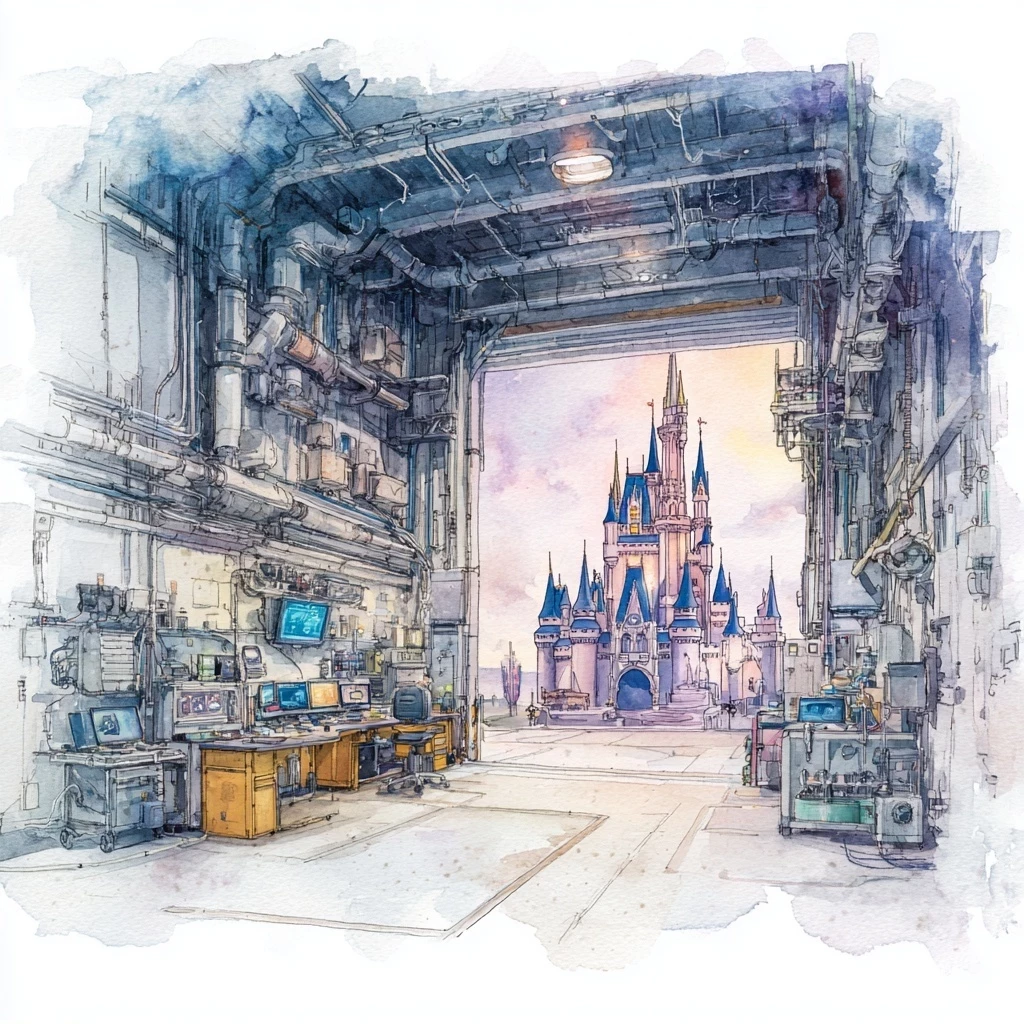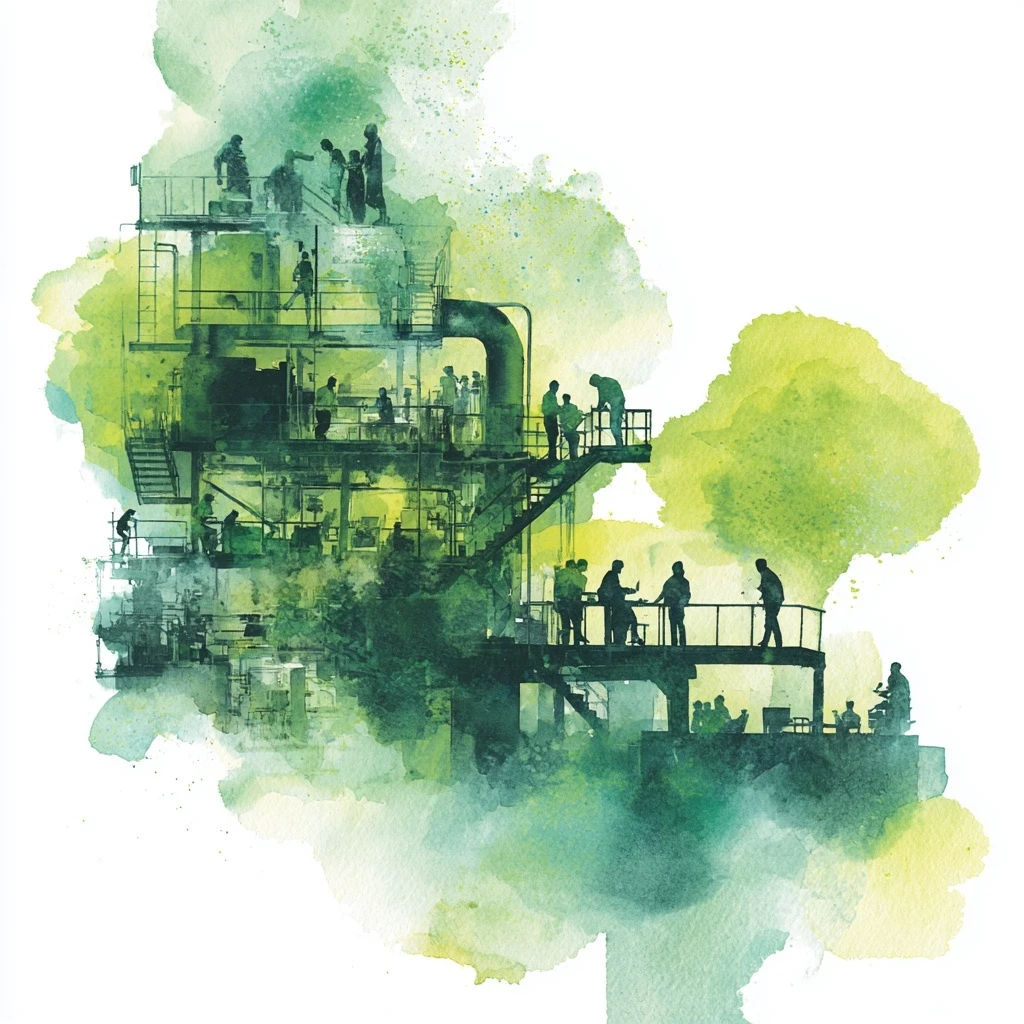
There are no secrets to success. Success comes from preparation and learning from past failures.
Success in creating breakthrough solutions, especially in AI, can perhaps be the biggest event in the history. Unless we learn from past mistakes.
Talk to any organization to understand their journey in adopting RPA, AI or Analytics and you will know that the journey is full of challenges. There are a vast variety of systems and processes to deal with, no one size fit all solutions, data issues, and resistance to change, to name a few.
That made me think of the current topic. What are the top three factors that are critical for success?
1. Do you have the right solution or tool?
During my initial conversations with organizations looking to adopt a solution in Automation, AI or Analytics, I often encounter vagueness in their approach to select a solution. Take a moment to ask yourself: do you have the right tools and solutions? Have you thought through the selections based on a holistic view and a well-defined strategy of what you want to achieve? Have you considered the possible compatibility to your heterogeneous IT stack (which means aligning your selected solution to the global IT stack of your organization)? Are you going to rely on APIs to integrate your solution with legacy IT systems and if so, have you accounted for the effort, maintenance and support?
The list of questions goes on and on. If the answer to any of the above is No, then perhaps it’s time to rethink your solution/tool strategy.
If the answer is yes, then think of forthcoming steps. Have you done enough due diligence on your selected vendor? What is the financial and delivery history? Is it a long-term player whom you can trust your organization's key initiatives to?
In short, selecting the right tool, solution and approach is the first and most critical step. In this ever-changing technology space, its criticality cannot be emphasized enough. While it should not prevent organizations from trying a variety of solutions, a well thought through selection of tools is going to make your life much easier.
2. Contracting
Never underestimate the consequence of bad contracting. I have seen organizations contract for Pilots and then struggle when they have to scale. There is a potential for huge value leakage if contracting is not done properly. Remember that you may be dealing with many newcomers and early technology providers who have little or no experience in dealing with contracting. The result is usually disastrous.
Ask yourself: What is your contracting model? And are you buying 'bots" or "value"?
If you are contracting for bots, have you defined a contractual definition of a bot? Every development can impact a bot and every testing requires a bot. So, what are you contracting for: Piecemeal work or the entire solution?
"Contracting for growth is the key."
An important question is also whether you are prepared for growth and scale contractually? It may be worthwhile to note that contracting for bots means you are simply buying bots, not services or value. Contracting for growth is the key. It should be elastic with the ability to handle change in scope and volumes. There is no right and wrong answer so each organization needs to evaluate what is the right contracting mechanism for them.
Another twist while you consider contracting with your vendor: Are you prepared to handle situations if your vendor goes through M&A? Do you have the right provisions? Gartner mentions that the RPA software license market is 750M to 1B USD. Most of the companies are in revenue range of USD 5M to USD 15M. It would be naïve to assume that nothing will change. There is going to be consolidation, acquisitions and mergers. Are you prepared for it?
3. Ability to Scale and Support
Remember that the A’s (Automation, AI or Analytics) will be worth something only if the organization can scale their adoption. I understand that right now the approach is mostly to try & test, but remember that the enterprise will benefit only by scale. So, are you ready for scale and have you put mechanisms in place that allow adoption to achieve scale?
A system that scales poorly tends to fail. That is where the importance of establishing a COE is critical. A COE brings structure to the program. It allows you to leverage a strategy and filter out unnecessary requirements, design and solutions. Most importantly, it helps you provide guidelines and best practices.
"A system that scales poorly tends to fail."
It is important for organizations to follow a COE if they are serious about achieving scale. Imagine what would happen with a well-established COE and governance model. It would be chaotic and fragmented where organizations have multiple solutions and are spending time and effort in maintaining and integrating them rather than discovering new opportunities. This again goes back to my first point where organizations need to have a well thought through strategy in order to scale.
Summary
A degree of mindfulness is required as organizations embark on the journey to the 3 A’s. Do not get distracted by the noise of your surroundings and focus on your organizational needs. Then you stand a better chance of succeeding.


























